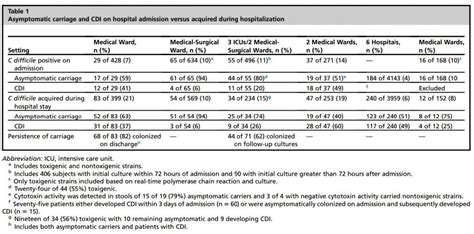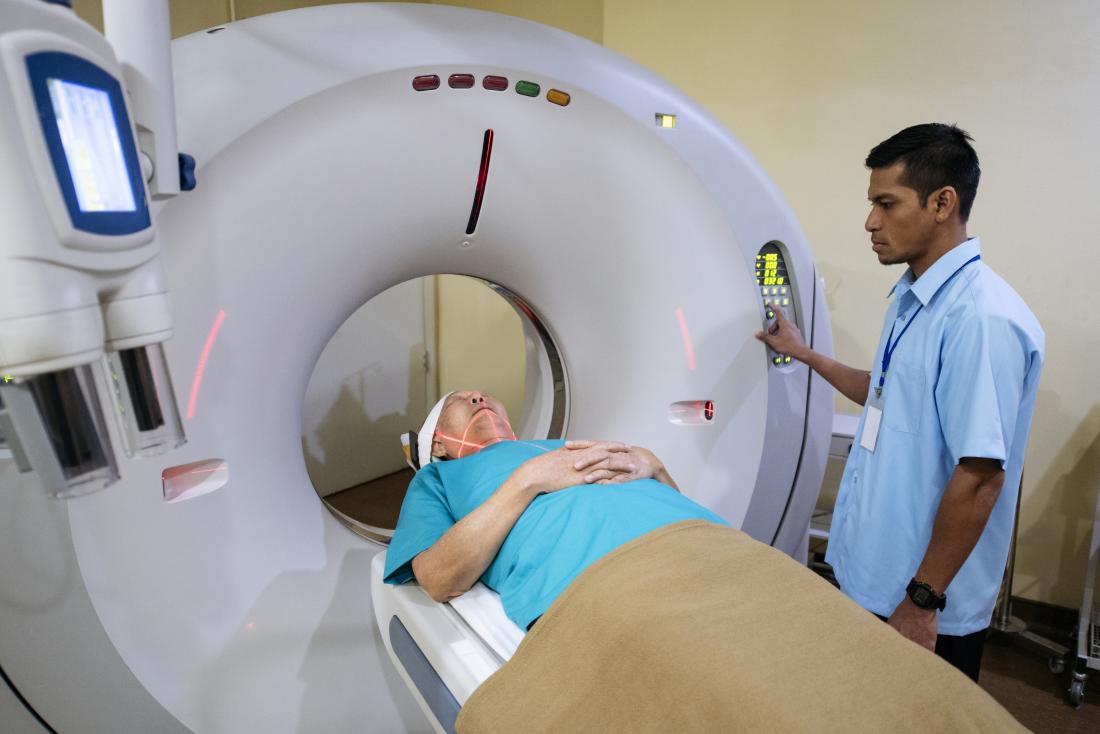Clostridioides difficile, commonly referred to as C. diff, is a bacterium that can cause symptoms ranging from diarrhea to life-threatening inflammation of the colon. Testing for C. diff is crucial for diagnosing the infection, especially in individuals who have been taking antibiotics, have recently been hospitalized, or have a weakened immune system. The diagnosis of C. diff infection (CDI) involves a combination of clinical evaluation, laboratory tests, and sometimes, imaging studies.
Clinical Evaluation
Before proceeding to laboratory tests, healthcare providers evaluate patients based on their medical history, physical examination, and clinical presentation. Key factors that prompt C. diff testing include:
- Recent antibiotic use: Antibiotics can disrupt the normal balance of gut bacteria, making it easier for C. diff to overgrow and cause infection.
- Diarrhea: Especially if it is severe, watery, and occurs more than three times a day.
- Abdominal pain or tenderness: Pain in the abdomen that can range from mild to severe.
- Fever: Elevated body temperature can be a sign of the infection.
Laboratory Tests
Several laboratory tests can confirm the diagnosis of CDI. These include:
Stool Tests: The most common method for diagnosing C. diff is by testing stool samples. There are several types of stool tests, including:
- Enzyme immunoassay (EIA) for toxins: This test detects the toxins produced by C. diff. It’s relatively quick but can have false-negative results.
- PCR (Polymerase Chain Reaction) for toxin genes: This molecular test detects the genes that encode for the toxins. It’s more sensitive than EIA but may detect colonization rather than active infection.
- GDH (Glutamate Dehydrogenase) EIA: This test detects an enzyme produced by C. diff. While it can indicate the presence of the bacteria, it doesn’t distinguish between toxigenic and non-toxigenic strains, so it’s often used as a screening tool followed by another test to confirm toxin production.
Endoscopy: In some cases, especially if the diagnosis is uncertain or if the patient has severe symptoms, an endoscopy may be performed. This involves inserting a flexible tube with a camera into the colon to look for pseudomembranes, which are characteristic of C. diff infection.
Imaging Studies
Imaging studies such as CT scans of the abdomen and pelvis can help identify complications of C. diff infection such as significant inflammation of the colon (colitis), but they are not used for primary diagnosis.
Treatment and Management
Treatment of C. diff infection depends on the severity of the disease. Mild cases might be managed by discontinuing the use of the offending antibiotic, if possible, and providing supportive care such as fluid replacement. More severe cases are treated with antibiotics that target C. diff, such as vancomycin or fidaxomicin. In rare, life-threatening cases, surgery might be necessary to remove the diseased portion of the colon.
Prevention
Preventing C. diff infections is crucial, especially in healthcare settings. Key preventive measures include:
- Proper Hand Hygiene: Healthcare workers should practice meticulous hand hygiene, especially after caring for patients with CDI.
- Use of Personal Protective Equipment (PPE): Gloves and gowns should be used when caring for patients with CDI.
- Environmental Cleaning: Thorough cleaning and disinfection of patient rooms and equipment with sporicidal agents.
- Antibiotic Stewardship: Responsible use of antibiotics to reduce the risk of disrupting gut flora.
Conclusion
C. diff testing is a critical tool for identifying and managing Clostridioides difficile infections. By understanding the clinical presentation, utilizing appropriate laboratory tests, and implementing effective preventive measures, healthcare providers can help reduce the incidence and impact of CDI.
What are the common symptoms of C. diff infection?
+Common symptoms include severe diarrhea, abdominal pain, fever, loss of appetite, and weight loss. In severe cases, it can lead to life-threatening complications.
How is C. diff infection diagnosed?
+Diagnosis involves a combination of clinical evaluation, including medical history and physical examination, and laboratory tests such as stool tests for toxins or toxin genes, and sometimes imaging studies or endoscopy.
Can C. diff infection be prevented?
+Yes, prevention is key. This includes proper hand hygiene, use of personal protective equipment, thorough environmental cleaning, and responsible use of antibiotics. Patients can also reduce their risk by practicing good hygiene and only using antibiotics as directed by a healthcare provider.
Remember, if you suspect you have a C. diff infection, it’s crucial to seek medical attention. Proper diagnosis and treatment are essential for recovery and preventing complications.



